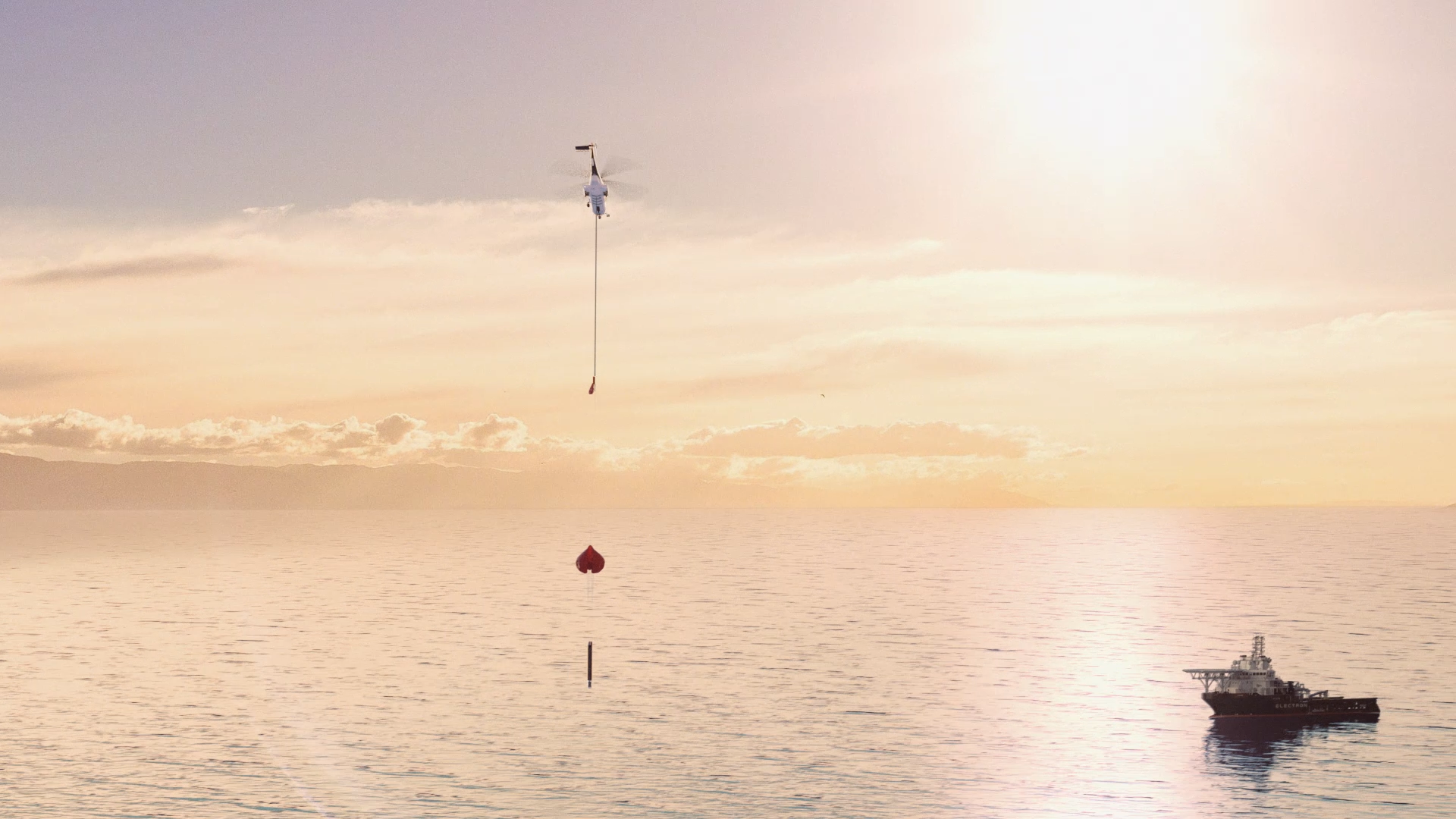History was made today, as Rocket Lab successfully caught a falling Electron first-stage booster with a customised Sikorsky S-92 helicopter.
Rocket Lab was successful in its effort to catch the falling booster rocket, having secured it at approximately 9:08 am AEST.
Helicopter catch! Stay tuned for more recovery details and payload deployment in around 50 minutes.
— Rocket Lab (@RocketLab) May 2, 2022
After launching to space, Electron’s first stage returned to Earth under a parachute. At 6,500 ft, Rocket Lab’s Sikorsky S-92 helicopter ‘rendezvoused’ with the returning stage and used a hook on a long line to capture the parachute line. However, after the catch, the helicopter pilot detected “different load characteristics” than previously experienced in testing and offloaded the stage for a successful splashdown right into the ocean.
The stage is being loaded onto Rocket Lab’s recovery vessel for transport back to the company’s factory, the company said.
Original article continues below:
California-based Rocket Lab is targeting no earlier than 8:41 am AEST for launch of the company’s rideshare mission, dubbed “There and Back Again.” Live coverage (video embedded below) of the attempted launch and booster catch is set to start around 8:10 am AEST, with the launch window closing today at 10:41 am AEST.
The launch is extra special in that it’ll involve a rather unique recovery mission. The pilots of a modified Sikorsky S-92 helicopter will attempt to catch the Electron booster mid-air during its parachute-assisted descent. Rocket Lab has successfully done this during scaled-back tests, but now it’s time for the real deal, as the first stage will return from the upper atmosphere following launch.
Rocket Lab “will attempt to provide a live view of the catch from the helicopter, but due to the remote location where the capture will take place we do expect some video loss,” the company said in an emailed statement.
Electron is vertical on the pad at Launch Complex 1 for #ThereAndBackAgain pic.twitter.com/tk8O6RUNYr
— Rocket Lab (@RocketLab) May 2, 2022
“Upon success of this recovery, Electron will be one step closer to being the first reusable orbital small sat launcher,” the statement said. Should Rocket Lab be successful, it’ll become just the second company to have a reusable booster stage, the other being SpaceX, with its Falcon 9 rocket.
Launch of the Electron will take place at the company’s Launch Complex 1 Pad A on New Zealand’s Mahia Peninsula. The rocket will attempt to deliver 34 small satellites to Sun-synchronous orbit for such customers as Alba Orbital, Astrix Astronautics, Aurora Propulsion Technologies, and E-Space, among others. A successful deployment will bring the total number of satellites launched by an Electron rocket to 146.

Around one hour prior to lift-off, the recovery helicopter will move to its position inside the capture zone, roughly 278 km off New Zealand’s coast. The Sikorsky S-92 helicopter is a workhorse, and it’s typically used for search-and-rescue operations and to transport oil and fuel.
The Electron first stage will separate 2 minutes and 30 seconds into the mission, and then fall back to Earth at speeds reaching 8,288 km per hour. The first of two parachutes will deploy when the booster is 13.4 km above the surface, while the second will deploy at a height of 6 km. Together, the parachutes will cause the booster to fall at the very manageable speed of 35 km per hour. The helicopter, lurking nearby, will then snag the parachute line using a hook.

“Once the stage is captured and secured, the helicopter will transport it back to land where Rocket Lab will conduct a thorough analysis of the stage and assess its suitability for reflight,” according to Rocket Lab.
The launch window for There and Back Again opened two weeks ago, but Rocket Lab has been waiting for the weather to calm down. The company wants to remove weather as a variable during the pending evaluation of the mission. The current mission will be one of several upcoming tests to validate the concept.
This article has been updated since it was first published.
